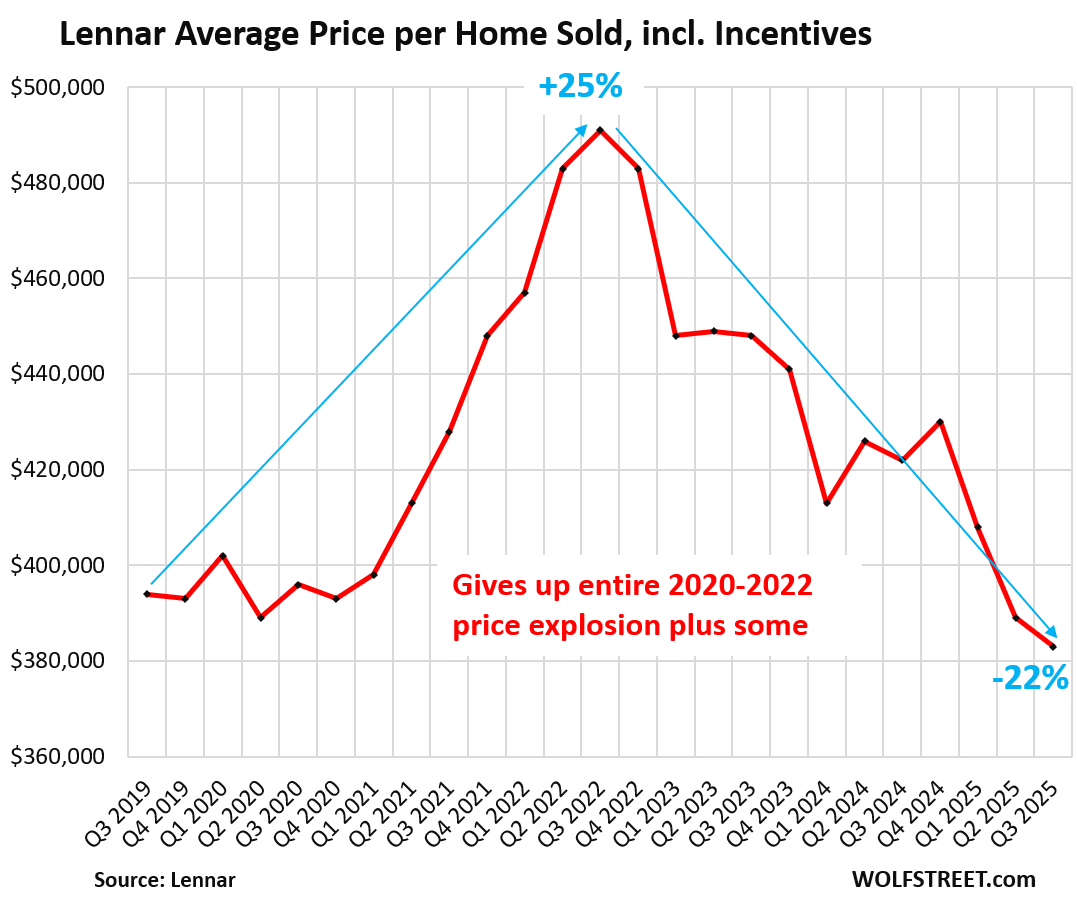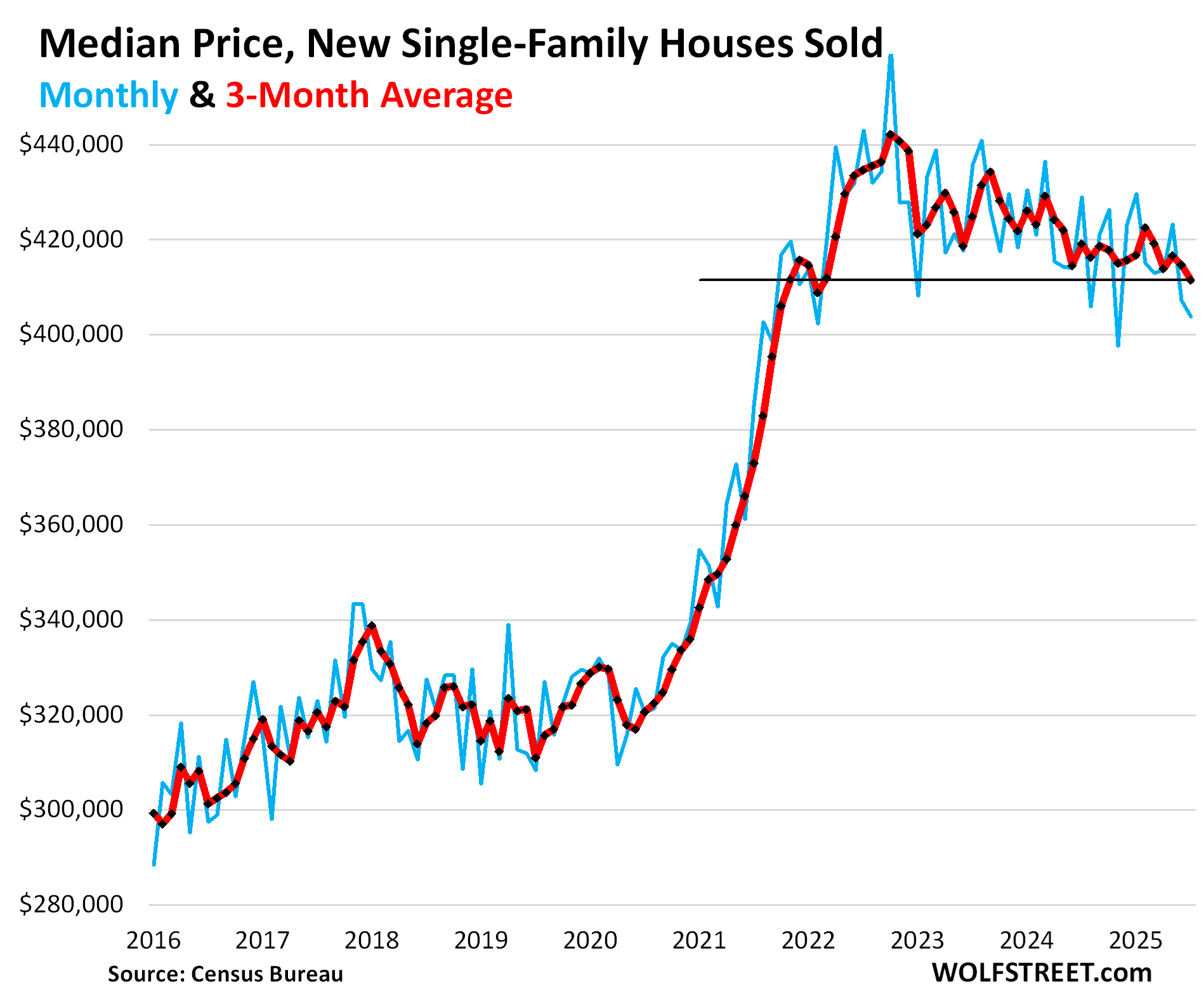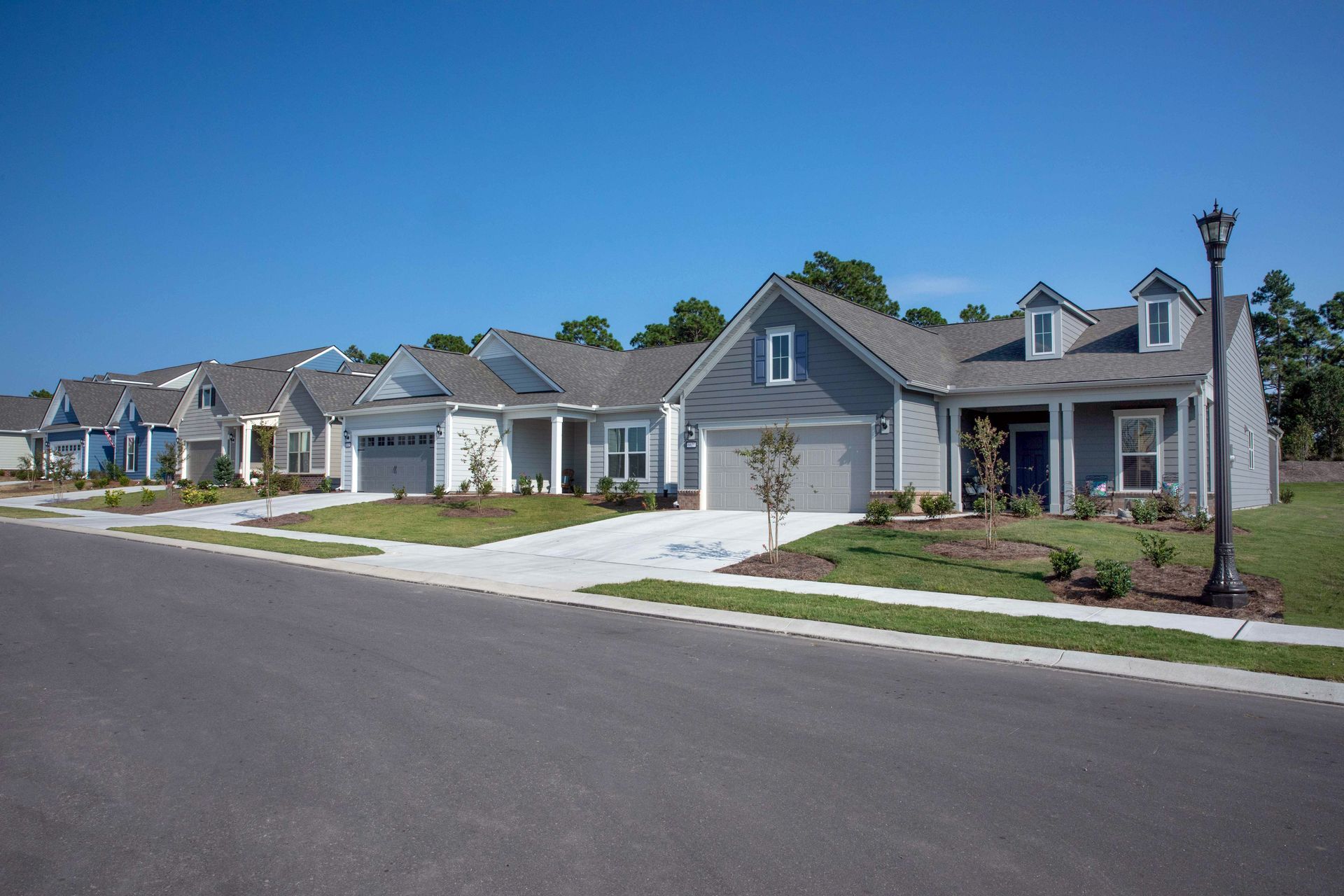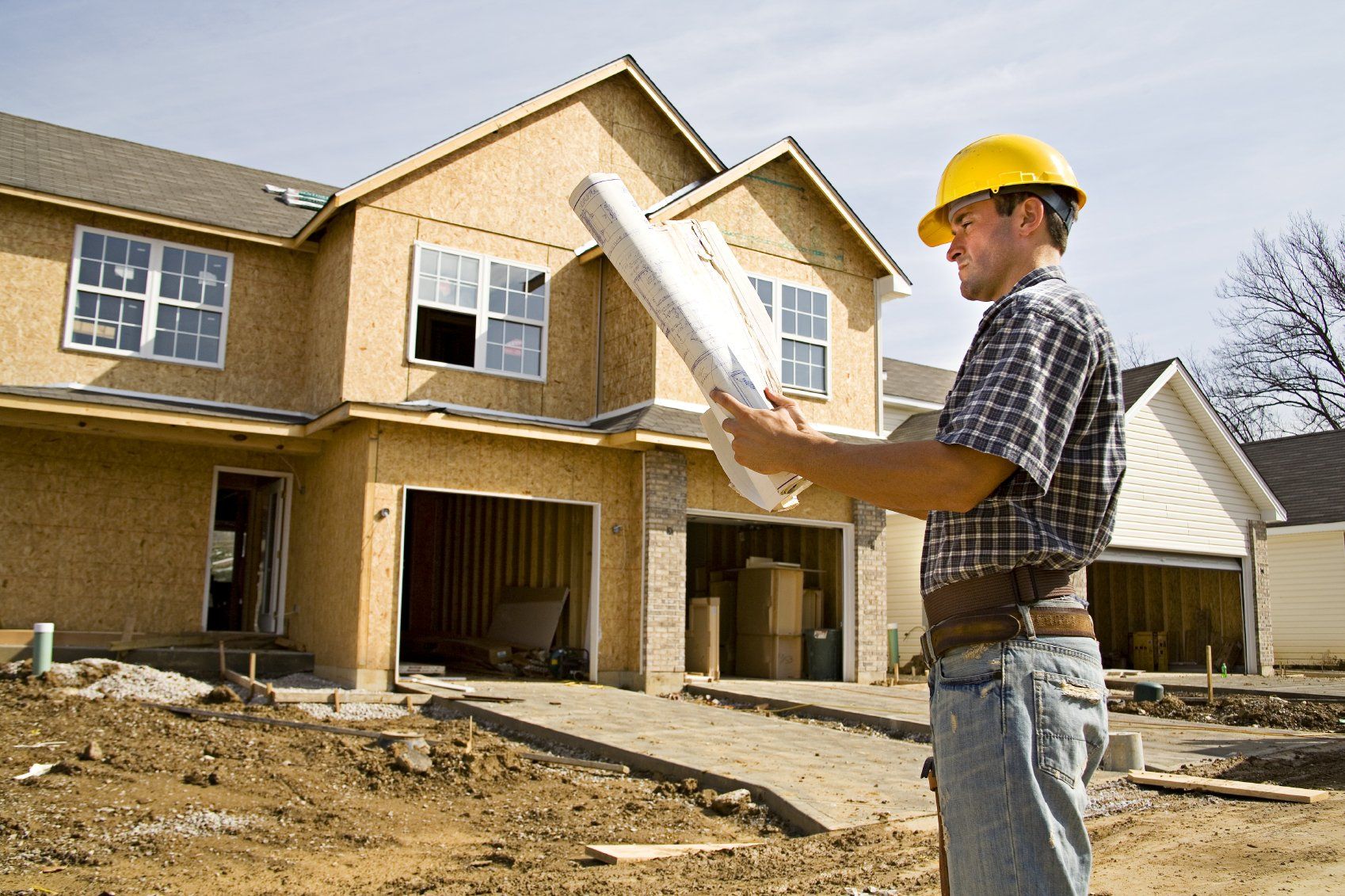What It Takes to Sell Homes: Lennar Cuts Average Selling Price Below its 2019 Level, and its Home Sales Held Up
But the hot air was let out of pandemic-era gross margins, operating earnings, and net income. Sellers of existing homes should pay attention.
Homebuilder Lennar reported earnings yesterday evening, and along with its conference call today, aired out a litany of lamentations about the housing market: Revenues from homebuilding fell 8.8% year-over-year in Q3, incentives needed to make those deals jumped to 14.3% per home sold, which slashed its gross margin to 17.5% in Q3, from 22.5% a year ago. Operating earnings from homebuilding plunged by 49%, net income plunged by 50%, and earnings per share plunged by 46%.
Gross margins dropped “primarily due to a lower revenue per square foot [lower prices per square foot] and higher land costs,” that were only “partially offset by a decrease in construction costs,” the company said in its filing today.
The entire Pandemic Free-Money price spike got cut: Lennar’s average selling price in Q3 dropped by 9% year-over-year to $383,000, below where it had been in 2019, and by 22% from the price peak in Q3 2022, when FOMO-addled buyers were willing to pay whatever because money was free.

Lennar targets the mass market. It doesn’t target the high end. People who want to spend substantial amounts on a custom-built home will likely choose a different builder. Lennar’s homes are mass-market products, they expand the supply of homes that people can more easily afford, and more supply and lower prices are exactly what this price-ravaged market needs.
From Q3 2019 through the peak in Q3 2022, Lennar jacked up the average price by 25%. Lennar has now given up the entire price spike plus some, and the average price is below where it had been in 2019.
As a result of the much lower average selling prices, sales held up: The company delivered 21,584 homes, which was up a hair from a year ago, and new orders jumped by 12% to 23,000 homes.
That message is lost on sellers of existing single-family homes whose sales plunged by about 25% from 2019 and by over 30% from 2021, because prices are too high, and sellers are loathe to budge. And homebuilders are now eating their lunch.
Hot air comes out of inflated gross margins. Lennar’s lower prices did the trick, kept volume up, and boosted its new orders – but they crushed the inflated gross margins from yesteryear:
- Q3 2025: 17.5%
- Q3 2024: 22.5%
- Q3 2022: 29.2%
That Q3 2022 gross margin of 29.2% was when money was still free, and when money is free, prices don’t matter, and homebuilders went on ahead and cleaned out these FOMO-addled homebuyers, generating huge profits for themselves and massive mortgages for the homebuyers, and a good time was had by all.
But the free money ended, and so there’s this litany of lamentations about “the continued pressures of today’s housing market,” and about the “incentives and price adjustments to match market conditions,” as Lennar said.
Lennar, like all homebuilders, figures the cost of incentives and mortgage-rate buydowns into the average price per home sold. So all of the costs of those incentives are included.
Incentives are not included by the Census Bureau, when it reports on new home sales, and bases its median price on contract prices of deals, and they don’t include the costs of mortgage rate buydowns and many other incentives, and without those costs, the contract prices have dropped far less than actual new home prices and understate the actual price drops.
As per the Census Bureau, the median contract price across the US by all homebuilders dropped by 5.9% year-over-year in July (blue in the chart below), and the three-month average (red) dropped by 1.8% year-over-year and by 5.9% from the peak in late 2022.

Lennar also cut its delivery expectations for Q4 “in order to relieve the pressure on sales and deliveries and help establish a floor on margin,” co-CEO Stuart Miller said during the conference call today (transcript via Seeking Alpha).
“Sales volume was difficult to maintain and required additional incentives in order to achieve our expected pace and to avoid building excess inventory,” he said. Sellers of existing homes should pay attention.
Source:
Wolf Street
Dusty Rhodes Properties is the Best Realtor in Myrtle Beach! We do everything in our power to help you find the home of your dreams. With experience, expertise, and passion, we are the perfect partner for you in Myrtle Beach, South Carolina. We love what we do and it shows. With more than 22 years of experience in the field, we know our industry like the back of our hands. There’s no challenge too big or too small, and we dedicate our utmost energy to every project we take on. We search thousands of the active and new listings from Aynor, Carolina Forest, Conway, Garden City Beach, Longs, Loris, Murrells Inlet, Myrtle Beach, North Myrtle Beach, Pawleys Island, and Surfside Beach real estate listings to find the hottest deals just for you!
Share





